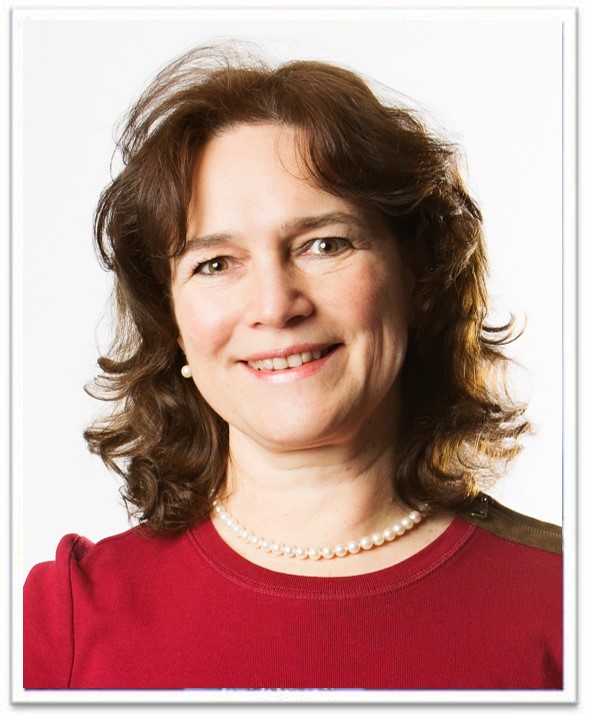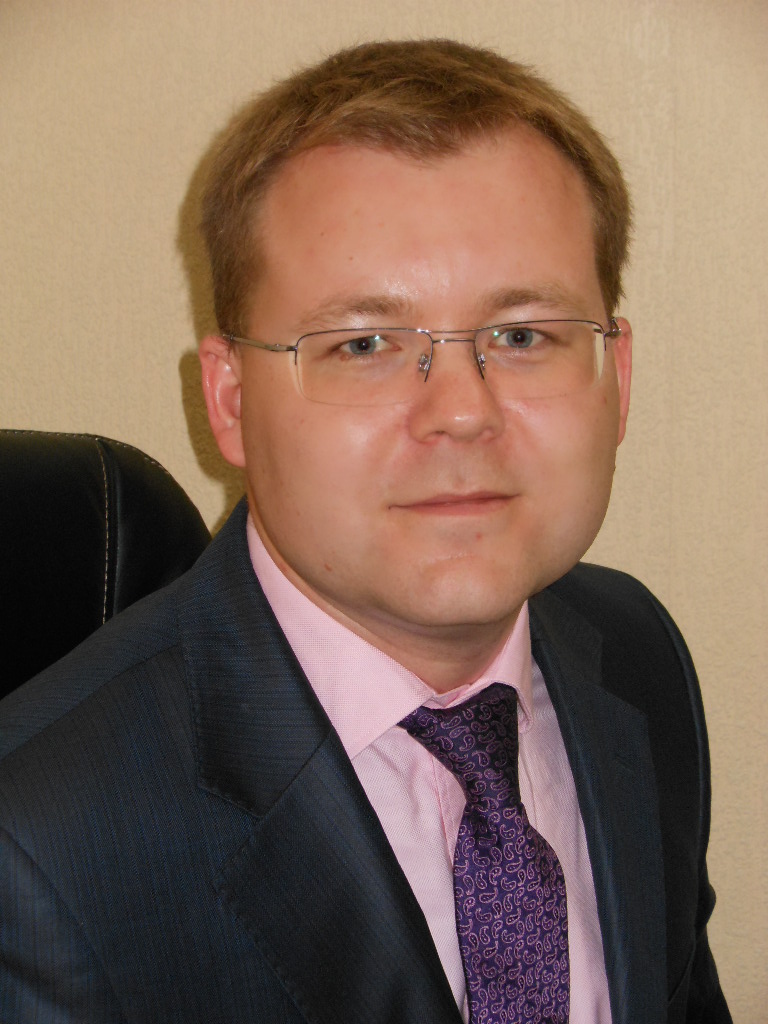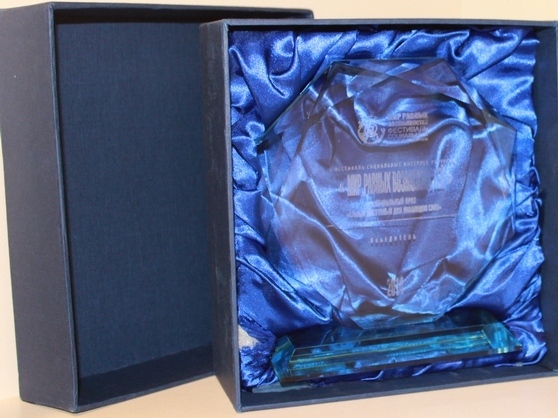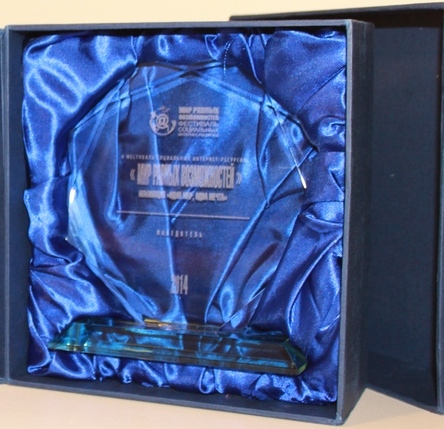1. Cystic fibrosis research in allied health and nursing professions
Journal of Cystic Fibrosis 11 (2012) 387–392
Judy M. Bradley, Susan Madge, Alison M. Morton, Alexandra L. Quittner, J. Stuart Elborn
Abstract:
This report is the result of the “Allied Health and Nursing Professions Working Group” meeting which took place in Verona, Italy, November 2009, which was organised by the European Cystic Fibrosis Society, and involved 32 experts. The meeting was designed to provide a “roadmap” of high priority research questions that can be addressed by Allied Health Professionals (AHP) and nursing. The other goal was to identify research skills that would be beneficial to AHP and nursing researchers and would ultimately improve the research capacity and capability of these professions. The following tasks were accomplished: 1) a Delphi survey was used to identify high priority research areas and themes, 2) common research designs used in AHP and nursing research were evaluated in terms of their strengths and weaknesses, 3) methods for assessing the clinimetric and psychometric properties, as well as feasibility, of relevant outcome measures were reviewed, and 4) a common skill set for AHPs and nurses undertaking clinical research was agreed on and will guide the planning of future research opportunities. This report has identified important areas and themes for future research which include: adherence; physical activity/exercise; nutritional interventions; interventions for the newborn with CF and evaluation of outcomemeasures for use in AHP and nursing research. It has highlighted the significant challenges AHPs and nurses experience in conducting clinical research, and proposes strategies to overcome these challenges. It is hoped that this report will encourage research initiatives that assess the efficacy/effectiveness of AHP and nursing interventions in order to improve the evidence base. This should increase the quality of research conducted by these professions, justify services they currently provide, and expand their skills in new areas, with the ultimate goal of improving care for patients with CF.
© 2012 Published by Elsevier B.V. on behalf of European Cystic Fibrosis Society.
2. Lung function is abnormal in 3-month-old infants with cystic fibrosis diagnosed by newborn screening
Thorax (2012) Vol. 67 Issue 10 874-881
Ah-Fong Hoo, Lena P Thia, The Thanh Diem Nguyen, Andrew Bush, Jane Chudleigh, Sooky Lum, Deeba Ahmed, Ian Balfour Lynn, Siobhan B Carr, Richard J Chavasse, Kate L Costeloe, John Price, Anu Shankar, Colin Wallis, Hilary A Wyatt, Angela Wade, Janet Stocks, on behalf of the London Cystic Fibrosis Collaboration (LCFC)
Abstract:
Background Long-term benefits of newborn screening (NBS) for cystic fibrosis (CF) have been established with respect to nutritional status, but effects on pulmonary health remain unclear.
Hypothesis With early diagnosis and commencement of standardised treatment, lung function at w3 months of age is normal in NBS infants with CF.
Methods Lung clearance index (LCI) and functional residual capacity (FRC) using multiple breath washout (MBW), plethysmographic (pleth) FRC and forced expirations from raised lung volumes were measured in 71 infants with CF (participants in the London CF Collaboration) and 54 contemporaneous healthy controls
age w3 months.
Results Compared with controls, and after adjustment for body size and age, LCI, FRCMBW and FRCpleth were significantly higher in infants with CF (mean difference (95% CI): 0.5 (0.1 to 0.9), pј0.02; 0.4 (0.1 to 0.7), pј0.02 and 0.9 (0.4 to 1.3), p<0.001, z-scores, respectively), while forced expiratory volume (FEV0.5) and flows (FEF25e75) were significantly lower (А0.9 (А1.3 to А0.6), p<0.001 and А0.7 (А1.1 to А0.2), pј0.004, z-scores, respectively). 21% (15/70) of infants with CF had an elevated LCI (>1.96 z-scores) and 25% (17/68) an abnormally low FEV0.5 (below А1.96 z-scores). While only eight infants with CF had
abnormalities of LCI and FEV0.5, using both techniques identified abnormalities in 35% (24/68). Hyperinflation (FRCpleth >1.96 z-scores) was identified in 18% (10/56) of infants with CF and was significantly correlated with diminished FEF25e75 (rјА0.43, p<0.001) but not with LCI or FEV0.5.
Conclusion Despite early diagnosis of CF by NBS and protocol-driven treatment in specialist centres, abnormal lung function, with increased ventilation inhomogeneity and hyperinflation and diminished airway function, is evident in many infants with CF diagnosed through NBS by 3 months of age.
3. Report of the workshop on endpoints for cystic fibrosis clinical trials
European Medicines Agency, London, 27-28 September 2012
Thursday 29 November 2012, EMA/769571/2012 , Human Medicines Development and Evaluation
Abstract: The Agency held a two-day workshop on 27-28 September 2012 on outcome measures for cystic fibrosis (CF) clinical trials.
Experts in the field of CF (N=12) together with European drug regulators (N=14), representatives from 24 pharmaceutical companies, and 1 patient representative (with the second one unfortunately prevented from participation because of an acute pulmonary exacerbation) discussed and compiled current scientific evidence on outcome measures for evaluating medicines targeting CF lung disease, bronchopulmonary infection and exocrine pancreatic insufficiency.
The workshop was also observed by FDA, PMDA and Health Canada via broadcasting.
The morning session of the first day was dedicated to set the scene for the break-out group discussions. The first speaker was Prof Stuart Elborn, current president of the European Cystic Fibrosis Society (ECFS) and director of an adult CF centre, giving an update on the changing demographics of patient population and evolving standards of care and the implications for clinical-trial design and endpoints.
Prof De Boeck, current vice-president of the European Cystic Fibrosis Society (ECFS) and first director of the ECFS clinical trial network (CTN) and director of a paediatric CF centre talked about “Difficulties/challenges encountered – look into the future: academia perspective.”
The industry perspective on “Difficulties/challenges encountered – look into the future” was presented by David Waltz from Vertex Pharmaceuticals Incorporated, followed by the patient perspective presented by Emma Lake, Cystic Fibrosis Trust, UK.
The regulatory perspectives addressed difficulties encountered by Scientific Advice Working Party (SAWP), Committee for Orphan Medicinal Products (COMP), the Paediatric Committee (PDCO) and the Committee for Medicinal Products for Human Use (CHMP) when evaluating drug applications of medicines for CF.
At the end of the morning session, Dr Siviero from the Italian Medicines Agency talked about “Endpoints for added clinical benefit in view of health technology assessment (HTA).


 Юридические консультации проводят адвокаты Московской коллегии адвокатов "Интеллектуальные решения", специализирующиеся на медицинском и фармацевтическом праве. Консультации даются в общем виде со ссылками на основные действующие в Российской Федерации нормативные правовые акты,
Юридические консультации проводят адвокаты Московской коллегии адвокатов "Интеллектуальные решения", специализирующиеся на медицинском и фармацевтическом праве. Консультации даются в общем виде со ссылками на основные действующие в Российской Федерации нормативные правовые акты,



